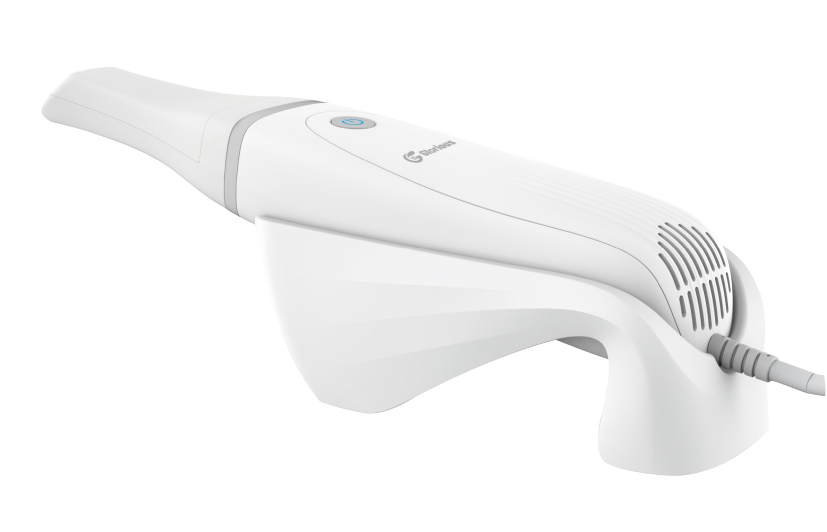Digital intraoral scanners: From the "future" to the "present," becoming a must-have option for patients.
"Is there a digital scan?"—this question is now asked more often in dental offices than "Does it hurt today?" Patients' expectations for comfort, hygiene, and speed have transformed intraoral scanners from "black technology" to "standard equipment." If you're still using traditional trays and alginate, it's like handing out a paper business card in the smartphone era: not inadequate, but outdated.

What is an intraoral scanner?
In a nutshell: it's like turning your mouth into a computer.
The scanning head gently glides over the teeth, and lasers or structured light capture micron-level data instantly. Software generates a high-precision 3D model in real time. The entire process takes tens to minutes, and the patient doesn't need to bite the tray, wait for it to solidify, or trigger a gag reflex. After the scan is complete, the file is instantly transferred via the cloud to the lab or in-house design center, where CAD/CAM equipment can cut or print the final restoration the same day.
Why do patients prefer it?
• Comfort: Say goodbye to cold, sticky impression materials;
• Time savings: Reduce follow-up visits from 2–3 to 1 or even 0;
• Trust: The 360° on-screen dental model provides a clear treatment plan.
Why clinics can't live without it?
1. Comprehensive coverage
- Restorative: Instant design of crowns, bridges, inlays, and veneers;
- Implantology: Preoperative digital guides and immediate postoperative temporary crowns;
- Orthodontics: Oral scan + facial scan + CBCT fusion for one-click treatment plan generation;
- Dentures: 3D-printed denture bases for same-day try-ins.
2. Accelerated process
After uploading the digital impression, the lab or chairside milling equipment starts working simultaneously, allowing for implant placement in as little as 30 minutes.
3. Hygiene Improvement
Eliminating the need for trays, scalpels, and impression materials significantly reduces the risk of cross-infection; the disposable scanner head cover simplifies infection control.
4. Brand Premium
Patients are willing to pay for the "no bite marks" experience, leading to a simultaneous increase in average customer spending and referral rates.
How to Choose a Device?
• Cordless + Lightweight: No fatigue during prolonged use, faster chairside turnaround;
• Open Data: Outputs to standard STL and PLY formats, seamlessly integrating with any CAD/CAM system;
• Hot-swappable battery: Uninterrupted scanning;
• Dust and Fog Resistance: Truly ready to use, no preheating required.
In a nutshell: Intraoral scanners aren't "upgrade options" but "survival tools." Embrace them today and reap the rewards of efficiency, reputation, and profits. Start tomorrow and you'll be chasing the industry average.